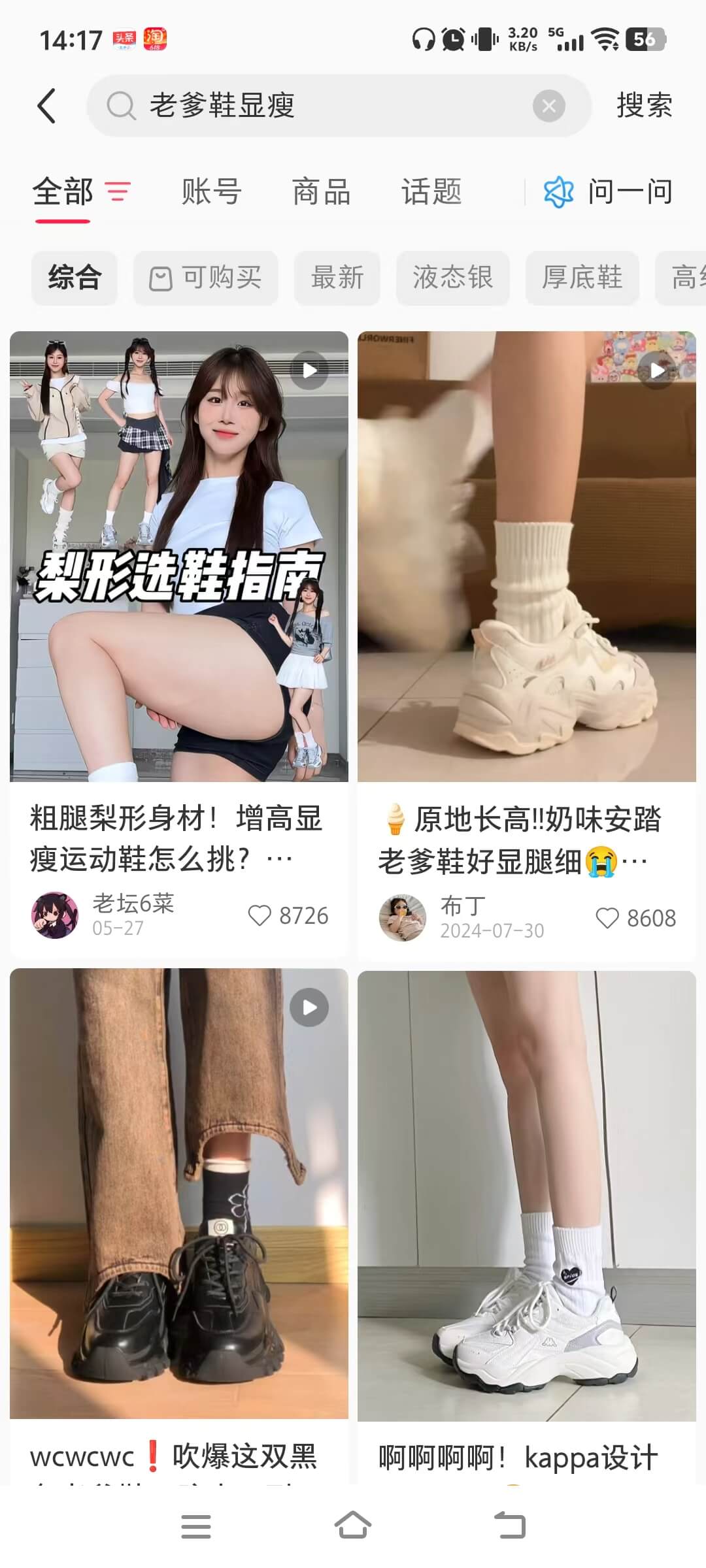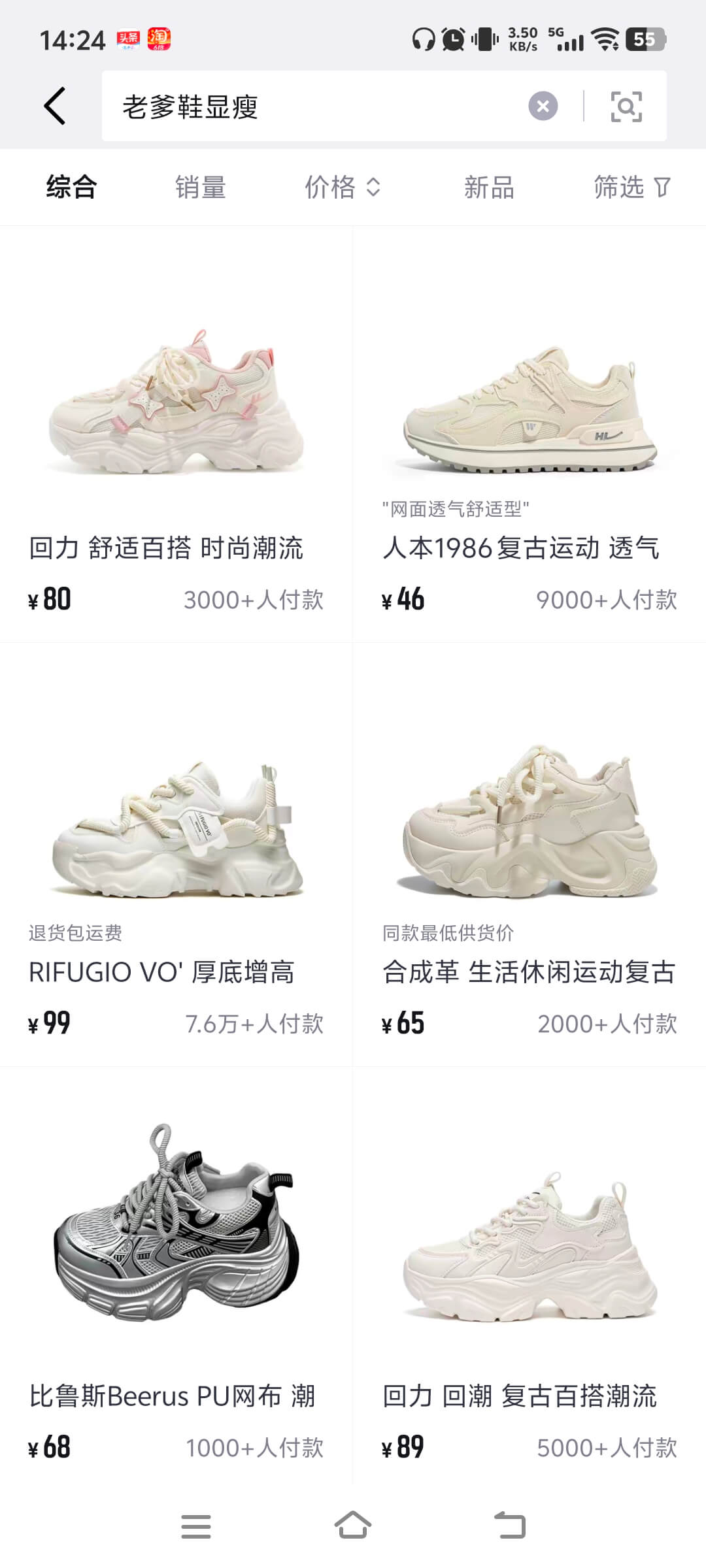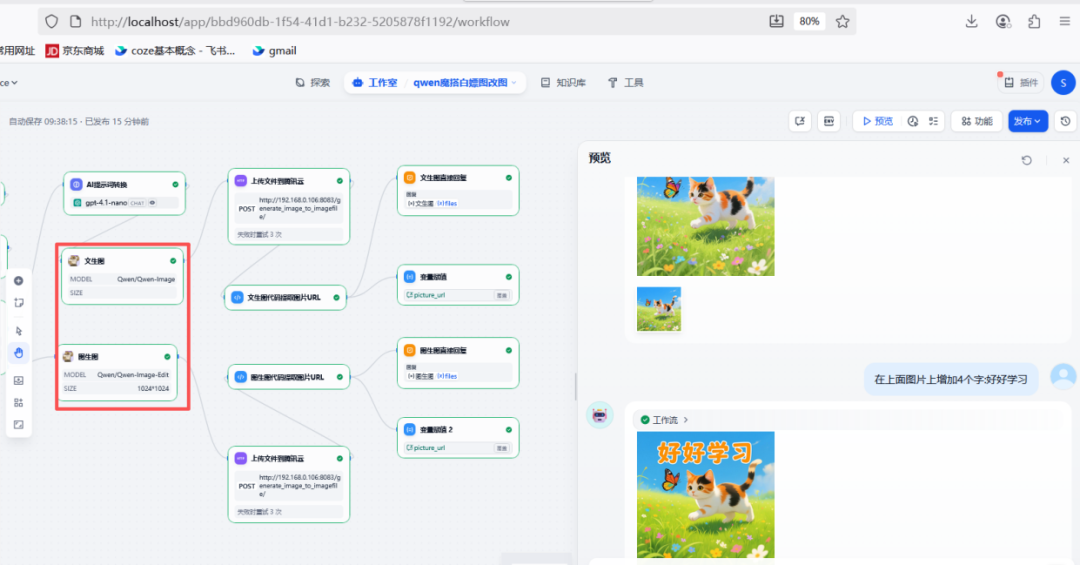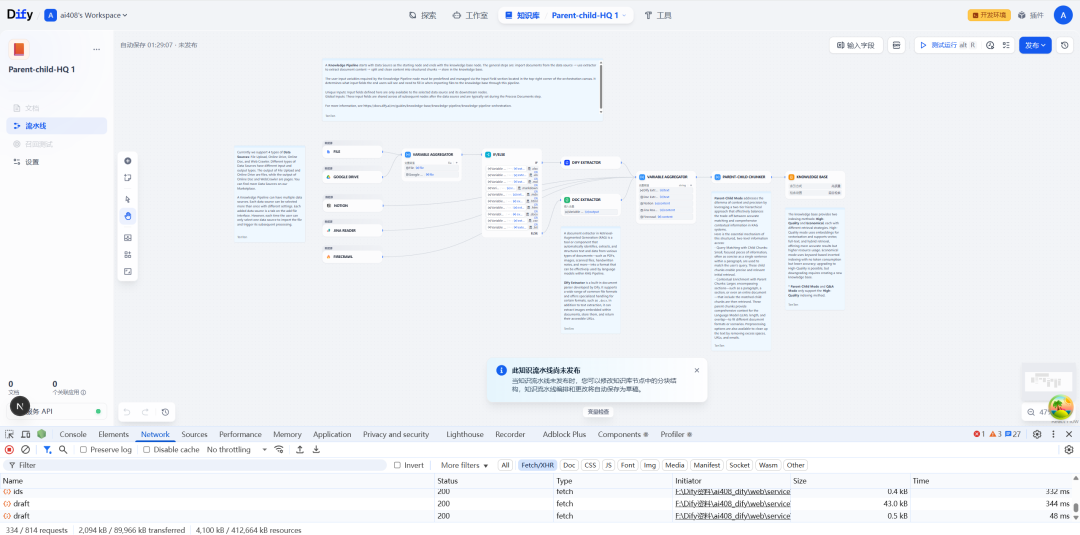Introduction: When AI becomes the "assembly line" of content creation
In the current digital content ecosystem, utilizing information differences and automation tools to generate revenue has become a common operational strategy. Among them, the "AI seeding" model, especially the migration of popular content from other platforms to specific communities (e.g., Getting Stuff) for secondary creation and distribution, is becoming a low-barrier, scalable method of realizing traffic.
The core of this model lies in mining popular selections through algorithms, utilizing AI tools to batch process visual materials and texts, and then publishing them through matrix accounts in order to obtain traffic shares or merchandise commissions from the platform. This article will dismantle this process in detail and explore the opportunities and challenges behind it.
What is "Getting Things AI Seeded"?
"AI grass planting" is not an official term, but an operation mode summarized by practitioners. It refers to the process of using AI technology to publish "grass planting" content (i.e., recommending products, sharing notes on experience) on the Gaining Things platform, and mounting links to products to earn revenue through user interaction or purchase behavior.
Its essence is a strategy of content aggregation and re-creation, and the key is efficiency. Through carrying, AI rewriting, and batch publishing, creators can greatly compress the production time of a single piece of content, thus realizing scaled operations.
Step-by-step guide: from material to revenue
Step 1: Content selection and material collection
The starting point for success is efficient topic selection. Instead of conceptualizing from scratch, operators usually choose to look for pop-up content on established content platforms (e.g. Xiaohongshu, Shake) that has already been validated by the market.
- Keyword Positioning: Define the categories you want to operate in, such as "skinny shoes", "American retro", "summer wear", etc..
- Filtering for pop-ups: Search for keywords in the target platform, and filter out the notes with likes, favorites and comments that are well above average. The themes, compositions and copywriting styles of these "explosive" notes are the blueprints for the next imitation and creation.
As shown in the figure below, if you search for "pops shoes slimming" in Xiaohongshu, you can find a large number of videos and graphic notes featuring real people wearing them, and the number of likes and comments reflect the popularity of the content. These are excellent sources of imitation and secondary creation.
- Access to materials: Save HD images or videos from these pop-up notes. At this stage, attention needs to be paid to the clarity and quality of the footage, as this will directly affect the effect of subsequent AI processing and the appeal of the final content. The goods behind these contents often have clear sales data on e-commerce platforms, which can be used as a reference for product selection.
Step 2: AI-enabled content re-creation
This is the most technologically advanced part of the process, with AI tools stepping in to increase the efficiency of content production by several times.
- AI visual processing::
- Smart Keying: This is the most basic and core function. Separate the subject (e.g. shoes, people) from the background in the downloaded image. There are numerous AI keying tools on the market, ranging from standalone online services to plug-ins integrated into design software for one-click operation. The purpose is to make it easy to change the background, create a new visual style, and avoid being judged by the platform as a direct removal.
- Style Migration and Context Generation: Place the keyed subject on a new background generated by the AI. You can input descriptive commands (Prompt) such as "solid color background", "street graffiti wall", "cyberpunk city night scene", etc., and let the AI generate a scene that matches the tone of the content. scene that matches the tone of the content, completing the visual "second original".
- image enhancement: Resolution enhancement and color correction of processed images to make them look more professional and appealing.
- AI copywriting::
- Input the original text into the AI writing assistant and ask it to perform "synonymous rewriting" or "expansion".
- Core skills: Do not use the first version of the AI-generated copy directly. On the basis of the AI rewrite, you should add your own tone of voice, emoticons (emoji) and interactive questions to make it more in line with the reading habits of the users of the Getting Things platform. For example, at the end of the text, you can add "How many points do you give to the OOTD (Today's Outfit) of this pair of shoes?" to guide the comments.
Step 3: Matrix Publishing and Operations
A single account has a limited ceiling, and matrixing is a natural choice for expanding revenue.
- Account Location: Prepare multiple 得物 accounts, each of which can set a nuanced positioning. For example, one focuses on retro sneakers and the other on functional outdoor footwear, creating differentiation and avoiding internal competition.
- Batch Release: Take AI-processed material and copy and publish it through different accounts at different times. Timed publishing tools can be used to increase efficiency.
- Mounting Links: When posting notes, be sure to include links to official merchandise related to the content in the "Add Merchandise" section. This is the main source of revenue. When a user buys a product through the link in your note, the platform will return a certain percentage of the commission.
Strategy and Risk Analysis
Model Advantage
- low threshold: Low requirement for originality, centered on information gathering and tool use skills.
- high efficiency: AI tools compress content production time from hours to minutes, opening up the possibility of operating at scale.
- replicability: The entire process is standardized and easily replicated and scaled up.
potential risk
- copyright issueAlthough the material has been processed twice, "content handling" without the authorization of the original author is always in a grey area. Once the original author pursues the matter or the platform strengthens its supervision, the account may face the risk of being taken down or even banned.
- homogenization of content: As more and more people adopt this model, the content will become the same, and users will become aesthetically fatigued, resulting in higher and higher traffic acquisition costs.
- Platform Algorithm Iteration: At its core, the social platform encourages originality and authentic sharing. Platform algorithms are constantly upgraded to identify and combat low-quality, homogenized and carried content. Accounts that rely too much on this model may have a short life cycle.
Concluding reflections
The "AI grass" model is a product of the combination of technical tools and platform dividends. It shows the huge potential of AI in lowering the threshold of content creation, but also exposes its limitations in creativity and uniqueness.
For operators who want to get into the game, they can not just be satisfied with being an efficient "mover". AI should be regarded as an auxiliary tool to improve efficiency, not the whole of creation. The real moat is to master the AI tools on the basis of injecting their own unique aesthetics, views and creativity, to establish a differentiated personal IP. e.g., on the basis of AI-generated, add the real wearing video, detailed material reviews, in order to stand out in the flood of homogenized content, to achieve long-term, sustainable income.






































